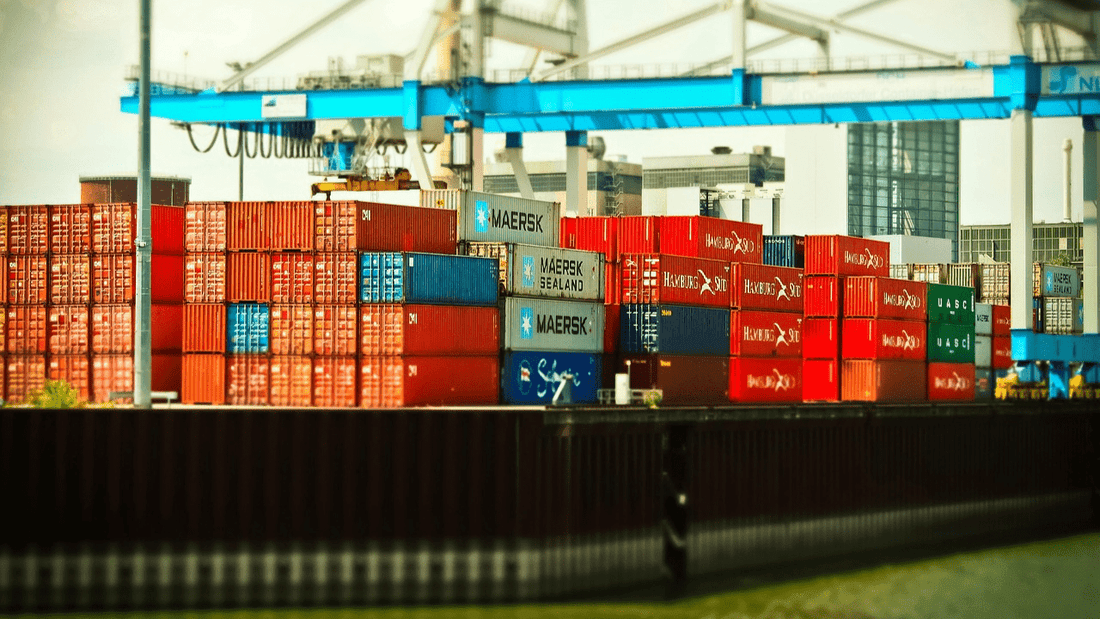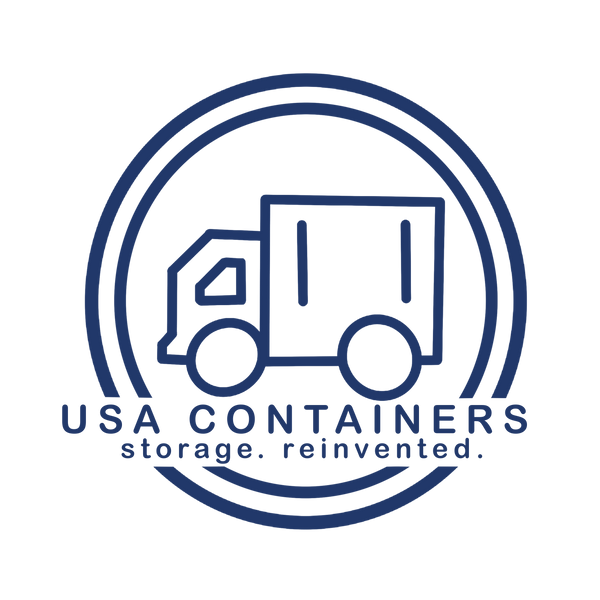
The History of the Shipping Container: The Innovation That Transformed Global Trade
Share
The shipping container is one of the most important innovations in the history of global commerce. Its introduction in the mid-20th century marked a turning point in logistics, enabling faster, safer, and more cost-effective trade on a global scale. The story of how the shipping container came to be is a case study in practical innovation, standardization, and the power of efficiency.
Pre-Containerization: A Slow and Costly Process
Before the advent of containerized shipping, cargo handling was a labor-intensive and inefficient process. Goods were transported using a method known as break-bulk shipping, in which items were individually loaded and unloaded from ships in crates, barrels, boxes, or sacks. This manual handling created numerous problems: cargo was easily damaged or stolen, port turnaround times were slow, and labor costs were high.
The lack of standardization meant that cargo had to be handled multiple times between origin and destination. Transferring goods from trucks to ships and back to trucks or trains required coordination, manpower, and time. In this system, a significant percentage of shipping costs was absorbed not by transportation itself, but by the loading and unloading processes.
Malcolm McLean and the Birth of Containerization
The turning point came in the 1950s, when American trucking entrepreneur Malcolm McLean introduced a new concept: intermodal containers. McLean recognized that much of the time and cost involved in cargo shipping came from excessive handling. His solution was to develop a standardized shipping container that could be easily transferred between trucks, ships, and trains without opening the container or unloading its contents.
In 1956, McLean retrofitted a former World War II oil tanker, the Ideal X, to carry 58 shipping containers and sailed from Newark, New Jersey, to Houston, Texas. The voyage was successful and demonstrated the potential of containerized shipping. By drastically reducing loading times and increasing cargo security, McLean’s system cut shipping costs by more than 90%.
McLean’s company, Sea-Land Service, went on to expand container shipping operations, investing heavily in new ships, port infrastructure, and container manufacturing. Other shipping companies and ports soon followed.
Standardization and Global Adoption
The early success of container shipping underscored the need for standardized container sizes and handling protocols. Without global standards, the efficiency gains would be limited by incompatibility between ships, ports, and transport networks.
In response, the International Organization for Standardization (ISO) established universal specifications for containers in the late 1960s. These included standardized dimensions (primarily 20-foot and 40-foot lengths), structural integrity guidelines, and corner fittings for secure stacking and lifting. These ISO standards allowed containers to move seamlessly across borders and between different modes of transportation, laying the groundwork for today’s interconnected supply chains.
Standardization also accelerated port modernization. Container ports invested in specialized cranes, automated systems, and storage yards to accommodate the increased volume and speed of container traffic. Ships were redesigned to carry containers more efficiently, and the size of container vessels began to grow significantly.
The Impact on Global Trade
The impact of the shipping container on global trade has been profound. By significantly reducing transportation costs and transit times, containerization made it feasible to manufacture goods in one part of the world and sell them in another. The cost of transporting goods dropped so dramatically that distance became less of a barrier to trade.
As a result, global supply chains became more complex and geographically dispersed. Manufacturing shifted to countries with lower labor costs, especially in Asia. Consumer goods became more affordable and widely available, and businesses could access raw materials and components from across the globe.
Retail giants like Walmart and Amazon built their business models around the efficiency of containerized logistics. The just-in-time manufacturing model—where materials and components are delivered as needed—became possible largely due to the reliability of container shipping.
Economic and Social Consequences
While containerization brought undeniable benefits, it also had economic and social consequences. Ports that failed to modernize or adapt to container traffic, such as those with shallow harbors or outdated infrastructure, lost business to newer, larger ports. Cities that once thrived on traditional dock labor saw job losses and economic decline as shipping became more automated and less labor-intensive.
In contrast, cities that invested in container infrastructure—such as Rotterdam, Singapore, and Los Angeles—became major global trade hubs. The role of the dockworker evolved from physical labor to operating heavy machinery and managing logistics software.
Environmental and Logistical Challenges
Containerization has also introduced new challenges. As container ships have grown larger—some now carrying over 24,000 containers—port congestion, environmental impact, and maritime safety have become pressing concerns.
Container ships are efficient in terms of emissions per ton-mile, but their massive size and fuel consumption contribute significantly to global greenhouse gas emissions. Regulatory bodies and shipping companies are now investing in greener technologies, including alternative fuels, energy-efficient ship designs, and carbon offset programs.
Additionally, the sheer volume of containers moving across the globe presents logistical challenges. Bottlenecks at ports, container imbalances (where containers pile up in certain regions and are in short supply elsewhere), and supply chain disruptions—such as those experienced during the COVID-19 pandemic—have revealed vulnerabilities in the system.
Innovations and the Future of Container Shipping
The shipping container continues to evolve. Today, smart containers equipped with GPS, temperature sensors, and real-time tracking software offer improved visibility and control over shipments. Automation is being introduced at ports to speed up operations and reduce labor costs.
Blockchain technology is also being explored to streamline documentation and increase transparency in global trade. Additionally, innovations in modular container design are expanding their use beyond traditional shipping, including for mobile offices, pop-up retail spaces, and emergency housing.
As global trade continues to expand, the importance of the shipping container is unlikely to diminish. Its ability to move goods safely, efficiently, and consistently across great distances remains essential to modern commerce.
The shipping container is more than just a steel box—it is a symbol of globalization and industrial efficiency. From its introduction in the 1950s to its critical role in today’s supply chains, the shipping container has fundamentally changed how the world does business. As technology and trade evolve, the shipping container remains a cornerstone of global logistics and a testament to the power of innovation through standardization.
Fill out the form below for a free shipping container quote from USA Containers:
